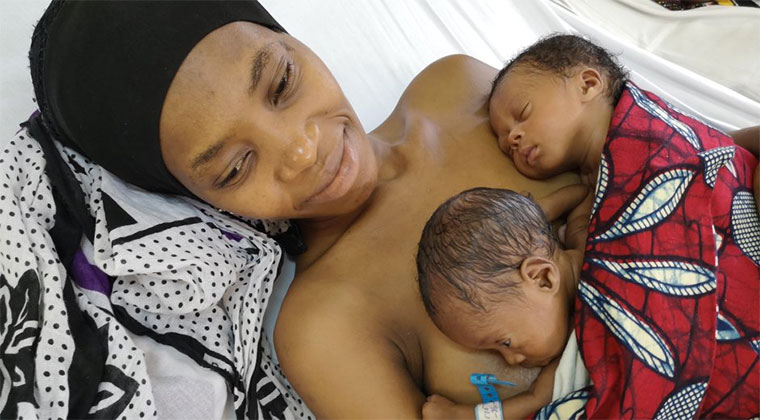
Kangaroo Care: Nurturing the Bond Between Parent and Child
Introduction
Kangaroo care, a method of skin-to-skin contact between a parent and their newborn baby, has gained widespread recognition for its profound benefits on both the infant and the caregiver. This practice, inspired by the natural behavior of kangaroos who carry their young in a pouch close to their bodies, fosters a unique bond while promoting the baby’s physical, emotional, and developmental well-being.
Benefits for the Baby
-
Temperature Regulation: Kangaroo care helps maintain the baby’s body temperature, reducing the risk of hypothermia. The parent’s body acts as a natural incubator, providing warmth and stability.
-
Improved Respiration: Skin-to-skin contact stimulates the baby’s respiratory system, promoting deeper and more regular breathing.
-
Enhanced Oxygenation: The parent’s breath provides a gentle flow of oxygen to the baby, improving oxygenation and reducing the risk of respiratory distress.
-
Reduced Stress and Crying: The calming effects of kangaroo care help reduce stress levels in newborns, leading to less crying and a more peaceful state.
-
Improved Sleep: Skin-to-skin contact promotes relaxation and sleep, allowing the baby to rest more soundly.
-
Enhanced Bonding: Kangaroo care fosters a strong bond between the parent and baby, allowing them to connect on a deeper level.
-
Increased Breastfeeding Success: The close proximity during kangaroo care encourages breastfeeding, as the baby can easily access the mother’s breast and establish a proper latch.
Benefits for the Parent
-
Reduced Anxiety and Stress: Kangaroo care provides a calming and bonding experience for parents, reducing anxiety and stress levels.
-
Increased Confidence: Holding the baby close helps parents develop confidence in their ability to care for their newborn.
-
Enhanced Attachment: Skin-to-skin contact promotes attachment between the parent and baby, creating a lasting bond.
-
Improved Bonding with Premature Infants: Kangaroo care is particularly beneficial for premature infants, as it helps them gain weight, regulate their temperature, and develop stronger bonds with their parents.
How to Practice Kangaroo Care
-
Position: The baby is placed on the parent’s bare chest, with their head resting on the parent’s shoulder and their body tucked close to the parent’s body.
-
Clothing: The parent should wear a loose-fitting shirt or gown that allows for skin-to-skin contact. The baby should be dressed in a diaper or a thin undershirt.
-
Duration: Kangaroo care can be practiced for as long as the parent and baby are comfortable, typically ranging from 30 minutes to several hours.
-
Frequency: Kangaroo care can be practiced as often as desired, especially in the early days after birth.
Contraindications
Kangaroo care is generally safe for most newborns, but there are a few contraindications to consider:
-
Unstable Vital Signs: If the baby has unstable vital signs, such as low blood pressure or a low heart rate, kangaroo care may not be appropriate.
-
Severe Infections: If the parent or baby has a severe infection, kangaroo care should be avoided to prevent transmission.
-
Skin Conditions: If the parent or baby has a skin condition that could be aggravated by skin-to-skin contact, kangaroo care may not be recommended.
Conclusion
Kangaroo care is a powerful and transformative practice that offers numerous benefits for both the baby and the parent. By fostering a strong bond, promoting physical and emotional well-being, and enhancing breastfeeding success, kangaroo care plays a vital role in the early development of the child. As a simple yet profound intervention, kangaroo care should be encouraged and supported in all healthcare settings to optimize the health and well-being of newborns and their families.
